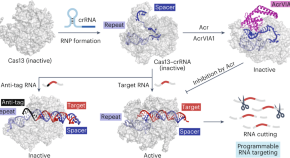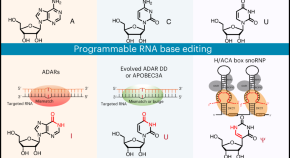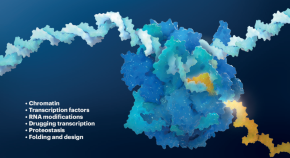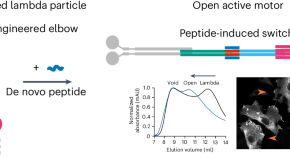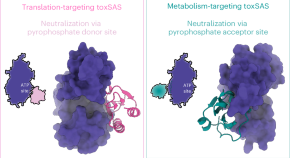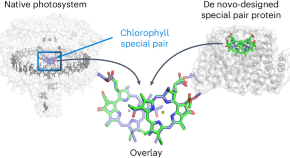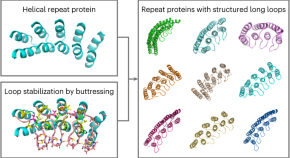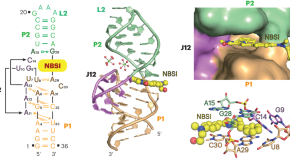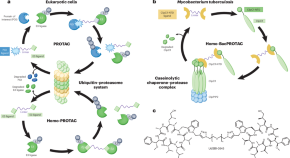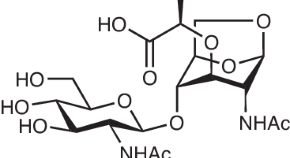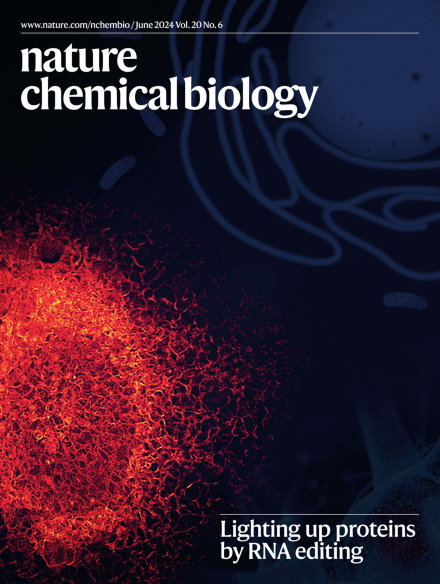
Announcements
Advertisement
-
-

High-resolution structure of a novel fluorogenic RNA aptamer
Fluorogenic RNA aptamers have previously been developed to enhance RNA imaging. We determined the tertiary complex structures of a newly discovered Clivia aptamer, which exhibits a small size and a large Stokes shift. Structural insights into the fluorescence activation mechanism of Clivia build a strong foundation for its efficient use in RNA imaging.
-
-
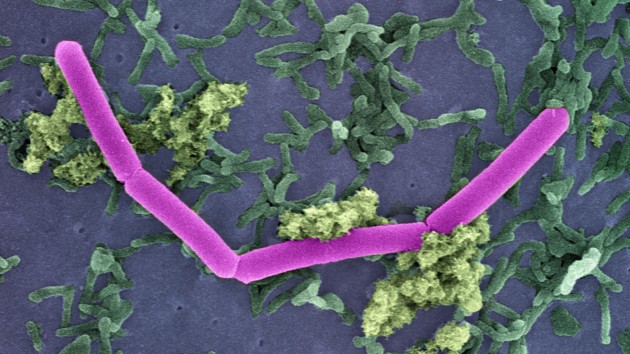
Chemical Biology of Microbiomes
Interspecies communication in complex microbiome environments occurs through the small molecules, peptides, and proteins produced by both the host and the microbial residents, as highlighted in this collection of recent articles from Nature Portfolio.
Trending - Altmetric
-
Enediyne natural product biosynthesis unified by a diiodotetrayne intermediate
-
De novo design of proteins housing excitonically coupled chlorophyll special pairs
-
Transcriptional regulation of living materials via extracellular electron transfer
-
A de novo designed coiled coil-based switch regulates the microtubule motor kinesin-1


